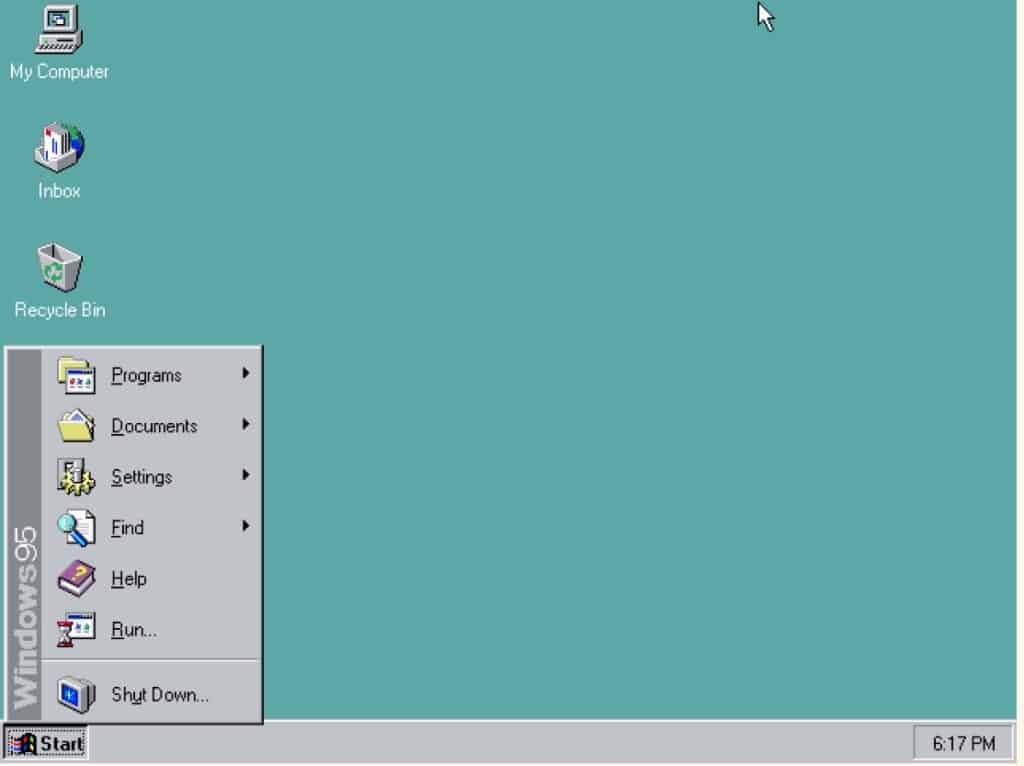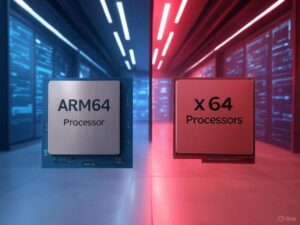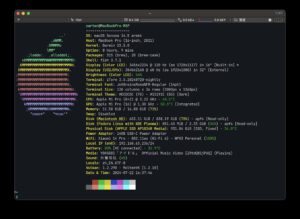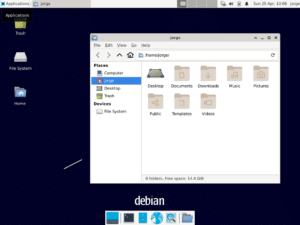On August 24, 1995, Microsoft launched Windows 95, and computing stopped being a niche for technicians and enthusiasts to become a part of popular culture. With midnight launch lines, TV ads featuring Friends, and the Rolling Stones soundtrack, the Redmond company turned the debut of an operating system into a global spectacle.
Three decades later, Windows 95 is still remembered as a technological and cultural turning point. For the first time, the personal computer became accessible, attractive, and modern for millions of homes and businesses.
The Ad Campaign That Changed Computing
Microsoft invested over $200 million in its launch campaign, an unprecedented amount for software. The slogan revolved around the star feature: the “Start” button. To emphasize it, the company licensed Start Me Up by The Rolling Stones. Rumors claimed the deal cost up to $14 million, though it was later clarified that the real figure was closer to $3 million.
Microsoft also produced a 30-minute promotional video with Jennifer Aniston and Matthew Perry, then at the peak of Friends. Half tutorial, half sitcom, the video explained the advantages of the new system. Bill Gates himself even made appearances, showing his first steps as a pop-culture figure.
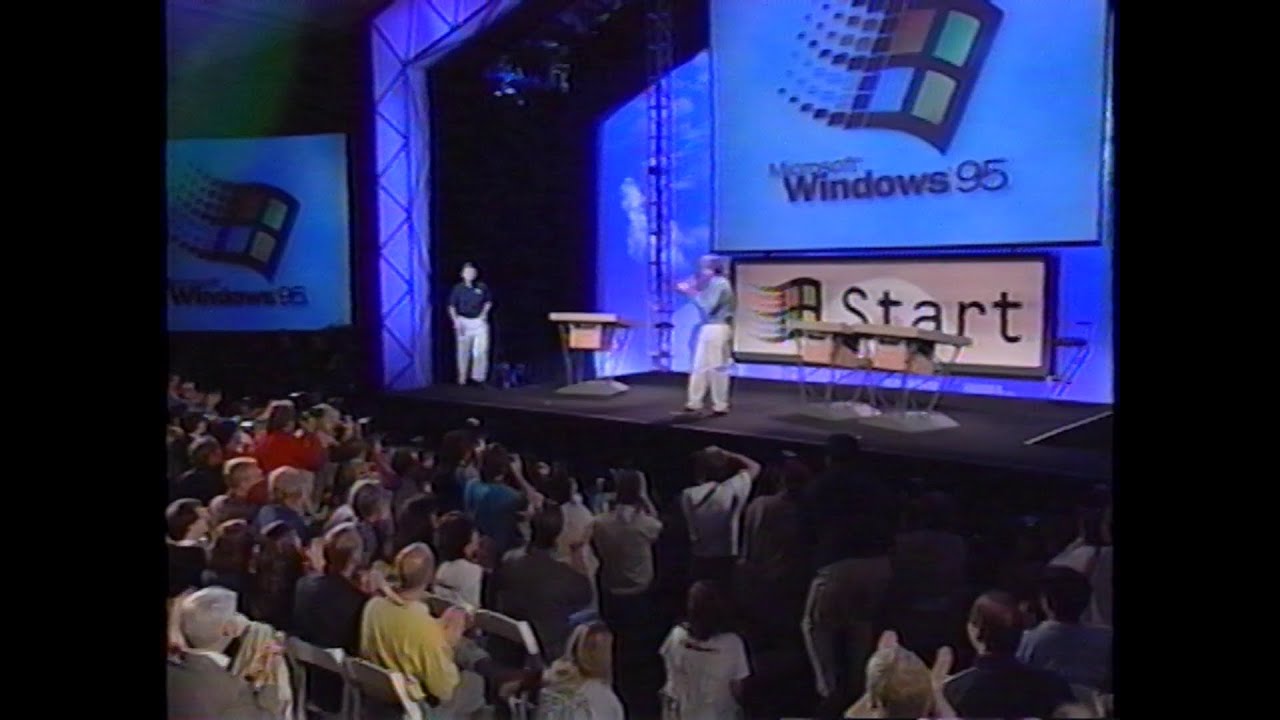
The rollout was equally spectacular:
- The Empire State Building lit up with the Windows logo colors.
- A 100-meter banner was hung from Toronto’s CN Tower.
- In the UK, Microsoft bought 1.5 million copies of The Times to distribute free with Windows 95 ads.
It was the birth of computing as a mass-market show.
A Revolution on the Desktop
Beyond marketing, Windows 95 introduced innovations that shaped modern operating systems:
- The Start menu and taskbar. For the first time, users had a centralized hub for apps and documents. This design was later copied by Linux and macOS desktops.
- Support for long file names (up to 255 characters), compared to the old 8.3 DOS limits.
- 32-bit preemptive multitasking architecture. Users could finally run multiple applications at once without constant crashes.
- Plug and Play. Though buggy at first, it enabled automatic hardware detection, from printers to sound cards.
- Windows Explorer. Replacing File Manager, it introduced the desktop metaphor we still use: shortcuts, folders, and “My Computer.”
- Accessibility. Sticky Keys, Filter Keys, and other features marked the first major effort to include people with disabilities.
Together, these innovations made Windows 95 far more intuitive and user-friendly, turning the PC into an everyday appliance.
Modest Requirements, Wide Reach
Windows 95 was surprisingly flexible for its time. Official requirements were modest:
- 386DX processor or higher.
- 4 MB of RAM (8 MB recommended).
- 55 MB of free hard drive space.
- VGA monitor (SVGA recommended).
Distribution reflected the transition from floppy disks to CD-ROMs. Versions came in 13–15 floppy disks (1.44 MB each) or on CD-ROM with a boot disk to load CD drivers.
The price wasn’t cheap: $209 in 1995 (around $400 today), but the hype made it a must-have.
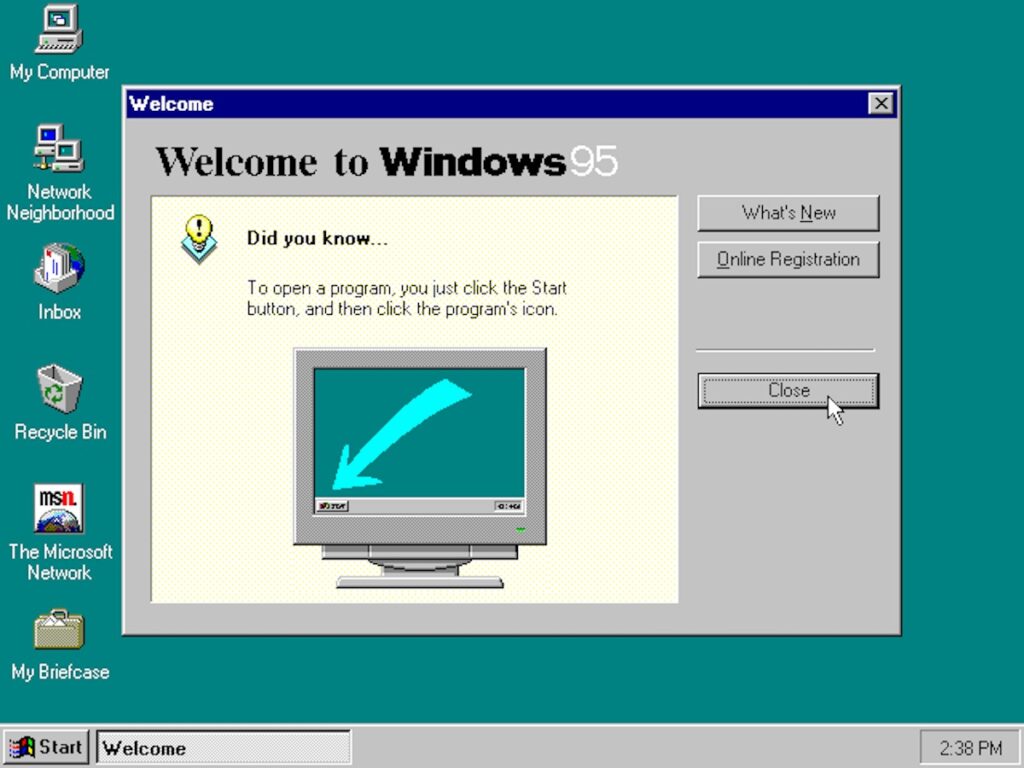
A Sales Phenomenon
On launch day, Windows 95 generated $720 million in revenue, a record for software. Within just four days, one million copies had been shipped.
By its first anniversary, Microsoft had sold 40 million units and secured support from over 400 PC manufacturers pre-installing the OS. The company boasted compatibility with 4,406 certified applications.
Anecdotes That Defined an Era
- Brian Eno’s startup sound. The iconic six-second Windows chime was composed by Eno on a Mac, not a PC. In 2025, it was added to the U.S. National Recording Registry.
- Hover! A simple 3D game included on the CD was, for many, their first taste of PC 3D graphics.
- Support line meltdown. In its first days, Microsoft’s phone support received over 1 million calls from confused users struggling with installation or drivers.
- Friends crossover. The VHS promo video with Aniston and Perry became a cult collector’s item.
- The Y2K paranoia. A rumor spread online claiming Windows 95 would stop working on January 1, 2000. It wasn’t true, but it fueled early fears about the “millennium bug.”
The Internet and Gaming Explosion
Though Internet Explorer wasn’t included at launch, the Microsoft Plus! pack added it soon after, kicking off the infamous “browser wars” with Netscape.
In gaming, Windows 95 was decisive. The arrival of DirectX created the foundation for PC gaming to rival consoles like the PlayStation and Nintendo 64. Studios like Blizzard, id Software, and EA embraced Windows as their main platform.
The Downsides: Blue Screens and Bloat
Of course, not everything was perfect. Windows 95 inherited instability from DOS and 16-bit programs, popularizing the dreaded Blue Screen of Death (BSOD).
Critics also argued it marked the beginning of software bloat. Compared to Apple’s System 7.5, which required half the disk space, Windows 95 was heavier on resources—a trend that would continue in later versions.
Lasting Legacy
Windows 95 was more than an operating system: it was the moment personal computing entered the mainstream. Its legacy lives on:
- The Start menu, taskbar, and file explorer remain core to Windows 11 today.
- Linux desktops like KDE, XFCE, and GNOME borrowed its design language.
- It cemented the idea that operating systems could be mass-market consumer products.
- Microsoft discovered the power of building an ecosystem that combined hardware, software, marketing, and pop culture.
As Gartner analyst Neil MacDonald put it: “Windows 95 was a quantum leap in usability, stability, and vision.”
Frequently Asked Questions (FAQ)
1. When was Windows 95 released?
On August 24, 1995, with global launch events hosted by Bill Gates and Steve Ballmer.
2. What made Windows 95 so special?
It introduced the Start menu, taskbar, Plug and Play, 32-bit multitasking, long filenames, and Internet support — the foundations of modern OS design.
3. How much did Windows 95 cost?
Around $209 at launch in the U.S., which equals roughly $400 today after inflation.
4. What was its cultural impact?
Windows 95 was the first OS launch treated as pop culture, with Rolling Stones ads, Friends stars in promos, and global midnight sales events.
References:

